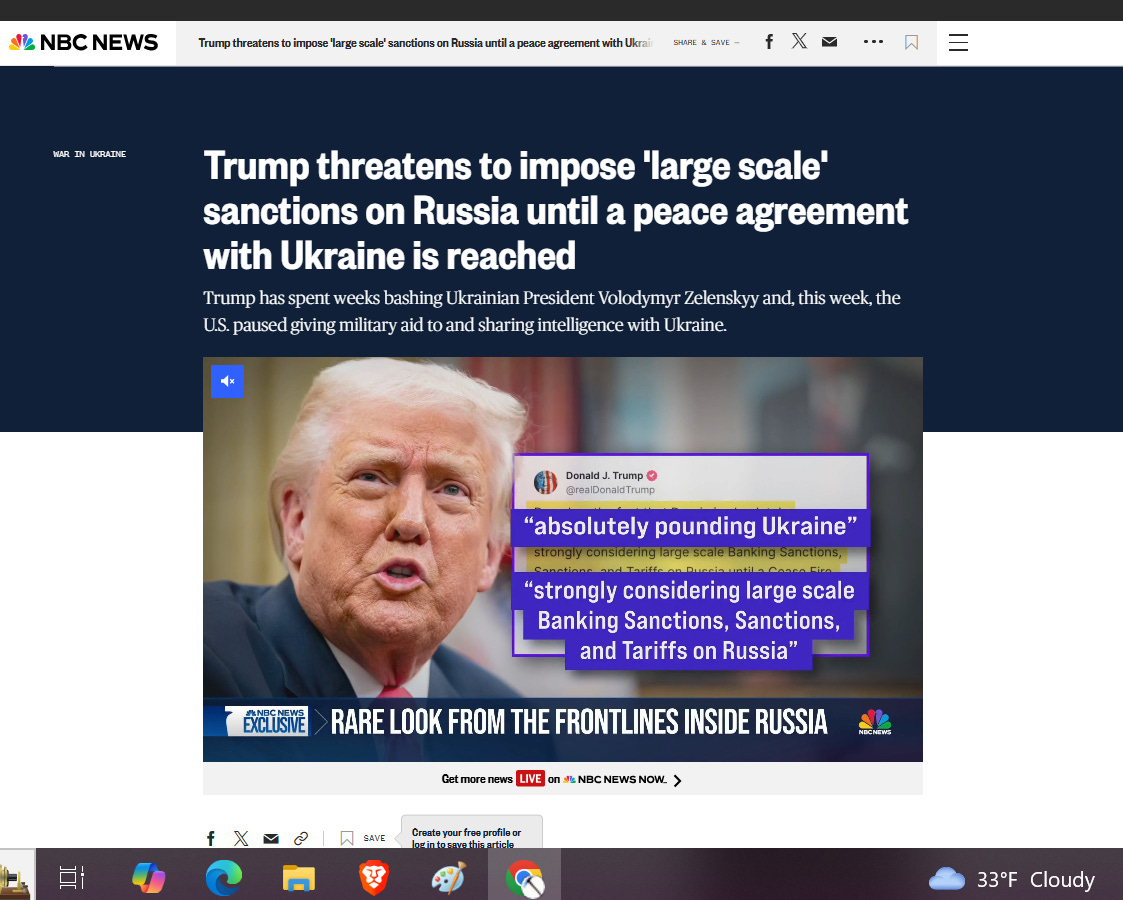On March 7, 2025, U.S. President Donald Trump threatened to impose "large-scale sanctions and tariffs" on Russia unless a ceasefire and a definitive peace agreement are reached with Ukraine. This move comes after Russia intensified its attacks on Ukrainian energy infrastructure, prompting Trump to urge both sides to negotiate immediately.
Trump's statement, posted on his social media platform Truth Social, emphasized the need for a peace settlement, suggesting that he is "strongly considering" extensive banking sanctions and tariffs against Russia. This stance marks a notable shift in Trump's approach, as he had previously been criticized for appearing too accommodating towards Russia.
Despite this tougher rhetoric, Trump has faced criticism for his handling of the Ukraine conflict, particularly after suspending U.S. military aid and intelligence support to Ukraine following a tense meeting with Ukrainian President Volodymyr Zelenskyy. Trump has expressed a preference for negotiating with Russia, describing these talks as "easier" compared to those with Ukraine.
The Biden administration had previously implemented significant sanctions against Russia, targeting its energy sector and oil exports, in an effort to cripple the Russian economy and halt its invasion of Ukraine. Trump's recent threat of sanctions reflects growing pressure to enhance his response to Russia's actions in Ukraine
end of segment




